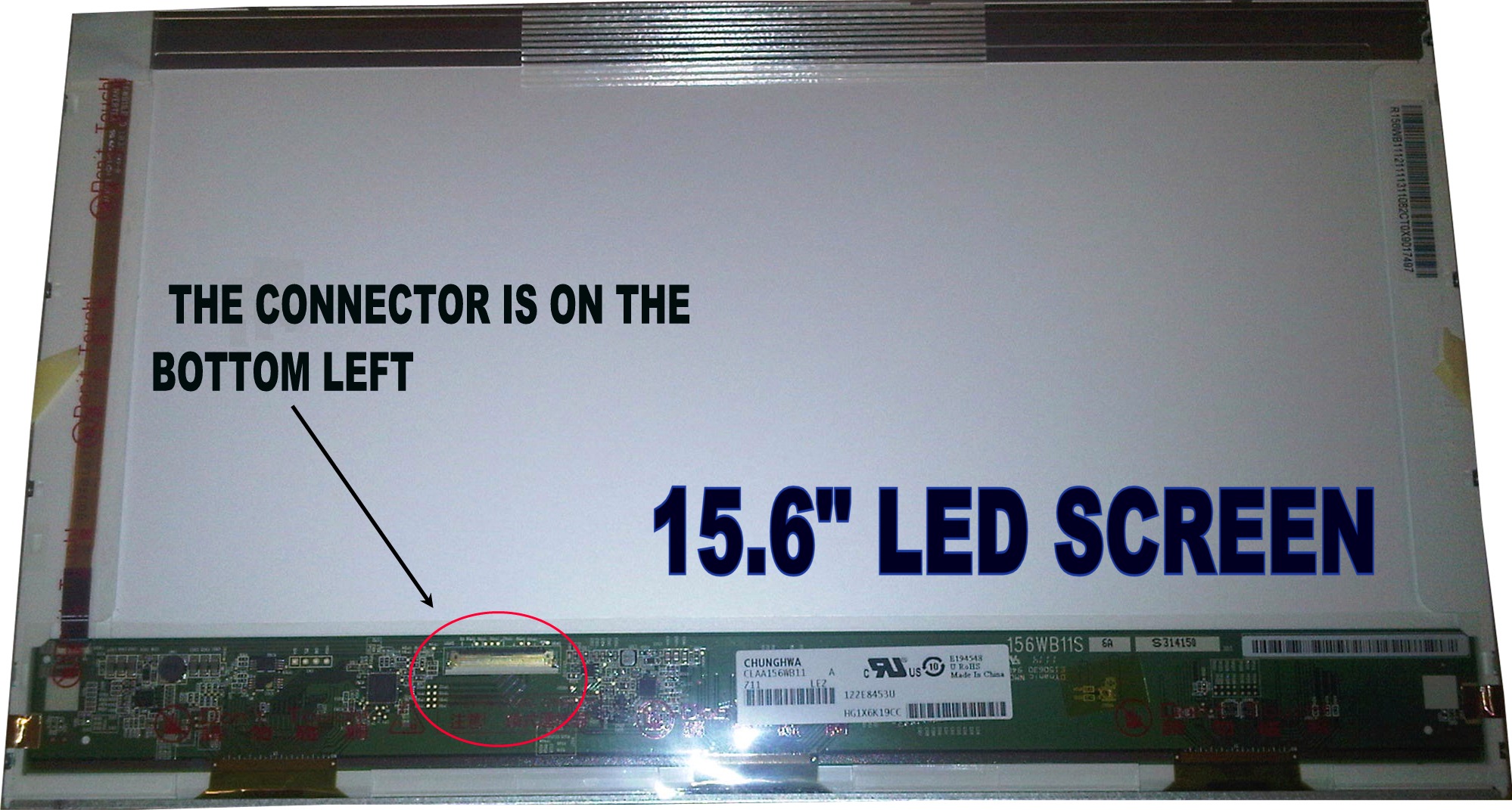Mini SD cards are more compact versions of the standard SD memory cards and are meant primarily for cell phones and cameras. If your mini SD card is no longer working properly, there could be a variety of causes for the problem, from corrupted data to physical damage. Before throwing away the mini SD card and losing all of your files, you can go through a series of troubleshooting steps to attempt to salvage the card and its data.
1Remove the mini SD card from its current device and put it into a different device that has a mini SD slot, such as a camera or cell phone. Check to see if the mini SD card works in a different piece of equipment. If it works, this will indicate that the original device is malfunctioning but that the mini SD card is fine.
2 Take the mini SD card out of the new device if it still isn't working. Physically inspect the bottom of the card to make sure it isn't bent or damaged in any way. Replace the card entirely if it has any physical damage.
3 Check the side of the mini SD card to see if it has a locking switch. Push the switch into the "unlock" position. Put the card back into an electronic device and attempt to use it again to see if the problem is resolved.
4 Insert the mini SD card into the card reader on your computer. Acquire an external USB card reader if your computer does not have a built-in card reader. Connect the reader to the USB port on your computer and then put the mini SD card into the corresponding slot.
5 Open up your computer's Start menu. Click on the "My Computer" icon. Scroll down through the list of drives on your computer and find the drive letter that corresponds to your mini SD card.
6 Right-click on the mini SD card drive letter and choose "Format." Click on the "File Format" box and select "NTFS." Click on "Start" and wait for the formatting process to finish.
7 Place the mini SD card back into its original device and attempt to use it again.























